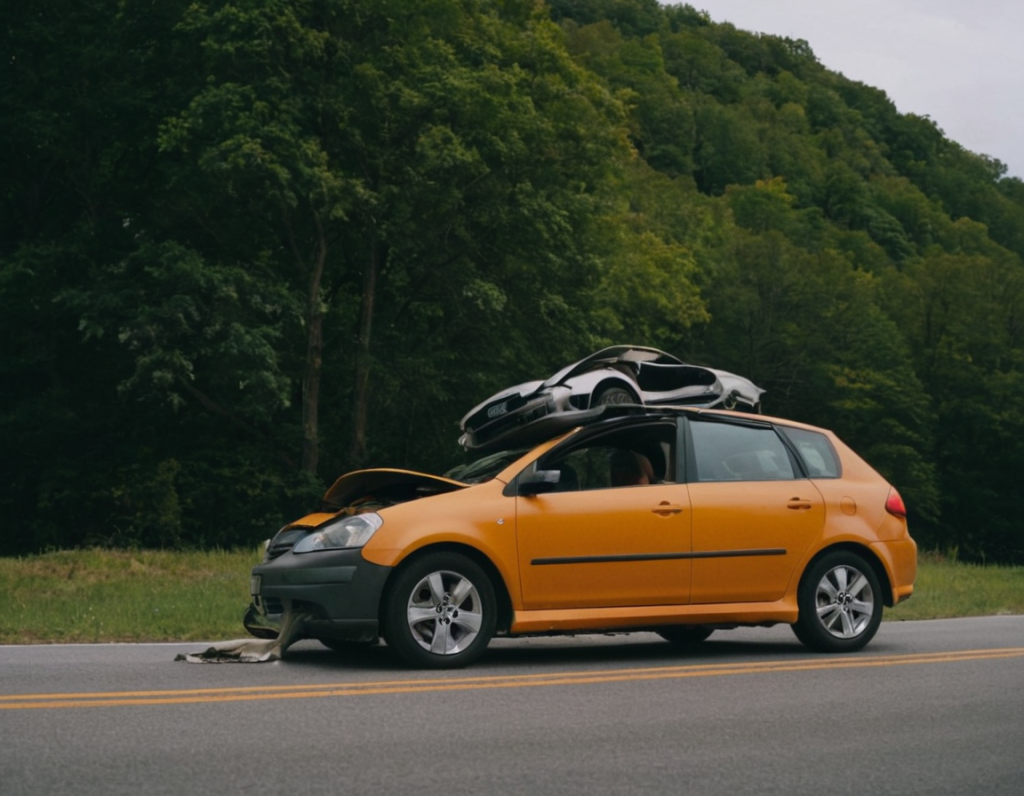Accidents happen. One moment you’re cruising down the road, vibing to your favorite song, and the next—bam! You’re in a fender bender. Panic sets in. Thoughts race. “What do I do now?” Don’t worry, my friend. I’ve got your back. Let’s break down the car insurance claim process in a way that won’t make your head spin.
Step 1: Ensure Safety First
Before we even talk about insurance, let’s get one thing straight—your safety is top priority.
- Check for injuries – Are you okay? Is everyone else okay? If anyone is hurt, call emergency services immediately.
- Move to a safe spot – If your car is causing a hazard and it’s safe to move it, do so. Otherwise, turn on those hazard lights and stay put.
- Call the police – Even for minor accidents, a police report can be your best friend when filing a claim.
Step 2: Gather Important Information
Now, this part is crucial. The more details you have, the smoother your claim process will be.
- The other driver’s name, contact info, and insurance details
- License plate numbers and vehicle details (make, model, color)
- Accident location, time, and date
- Witness statements (if available)
- Photos and videos of the accident, vehicle damages, and surroundings
Think of this as building your case—because, let’s be real, insurance companies can be sticklers for details.
Step 3: Notify Your Insurance Company ASAP
Time is money, and in this case, it’s your claim that’s at stake. Call your insurer as soon as possible. Many insurance companies have mobile apps that let you file a claim instantly.
What to Expect When You Call
- Your insurer will ask for accident details (the who, what, where, when, and how).
- You’ll be assigned a claims adjuster—the person who investigates your claim.
- If your policy includes towing coverage, they’ll arrange for your car to be moved if needed.
- You may get advice on whether to go for cashless repairs (via network garages) or reimbursement (pay upfront, get reimbursed later).
Step 4: File the Claim (The Nitty-Gritty)
Alright, let’s talk paperwork. (Yeah, I know. Ugh.) But hey, we gotta do what we gotta do.
Documents You’ll Likely Need
- Claim form (download from your insurer’s website or get from their office)
- Copy of your insurance policy
- FIR (if required) – Not every accident needs one, but major damages or injuries? Better to have it.
- Medical reports (if injuries were involved)
- Repair estimates from a garage
By the way, some insurers let you file claims online, making life a little easier. Bless technology, right?
Step 5: Damage Assessment & Repair Process
Once your claim is filed, here’s what happens next:
- Surveyor Inspection – Your insurer sends an expert to assess the damage. (Think of them as detectives but for cars.)
- Approval of Repairs – If you opt for a cashless claim, the insurer will directly pay their partnered garage. If you go for reimbursement, you’ll have to pay first and get compensated later.
- Repair & Settlement – Your car gets fixed, and you get back on the road.
Pro tip: Choose a network garage if possible—it speeds up the process since they deal with your insurer directly.
What If the Other Driver Was at Fault?

Ah, the age-old question. If you weren’t at fault, you can:
- File a third-party claim against their insurance.
- Get your insurer to handle it and then recover costs from the other party’s insurer.
Either way, don’t admit fault at the scene—let the insurance folks and police sort that out.
Common Mistakes to Avoid
🚫 Delaying the claim – Many insurers have time limits, so don’t procrastinate!
🚫 Not reading your policy – Some damages may not be covered. Always check.
🚫 Accepting a low settlement – If the amount seems unfair, negotiate or appeal.
🚫 Skipping medical checks – Even if you feel fine, injuries can appear later. Get checked out.
Frequently Asked Questions (FAQs)
1. How long does the claims process take?
It depends on the complexity of the case, but minor claims can be settled within a few days to a couple of weeks.
2. Will my premium go up after an accident?
Unfortunately, yes—especially if you were at fault. Some insurers offer accident forgiveness, though.
3. What if I don’t have all the required documents?
Call your insurer and explain the situation. They might have alternative solutions.
4. Can I claim if I was driving someone else’s car?
Depends on the policy! Some cover it, some don’t. Always check the fine print.
Final Thoughts
Car accidents are stressful, but claiming insurance doesn’t have to be. The key? Stay calm, gather all necessary details, and follow the process step by step. And hey, if your insurer gives you the runaround, don’t hesitate to push back.
Now that you know the drill, drive safe! And if you’ve ever gone through an insurance claim, share your experience in the comments—I’d love to hear your story!
Stay safe, drive smart, and may your insurance claims be hassle-free! 🚗💨
